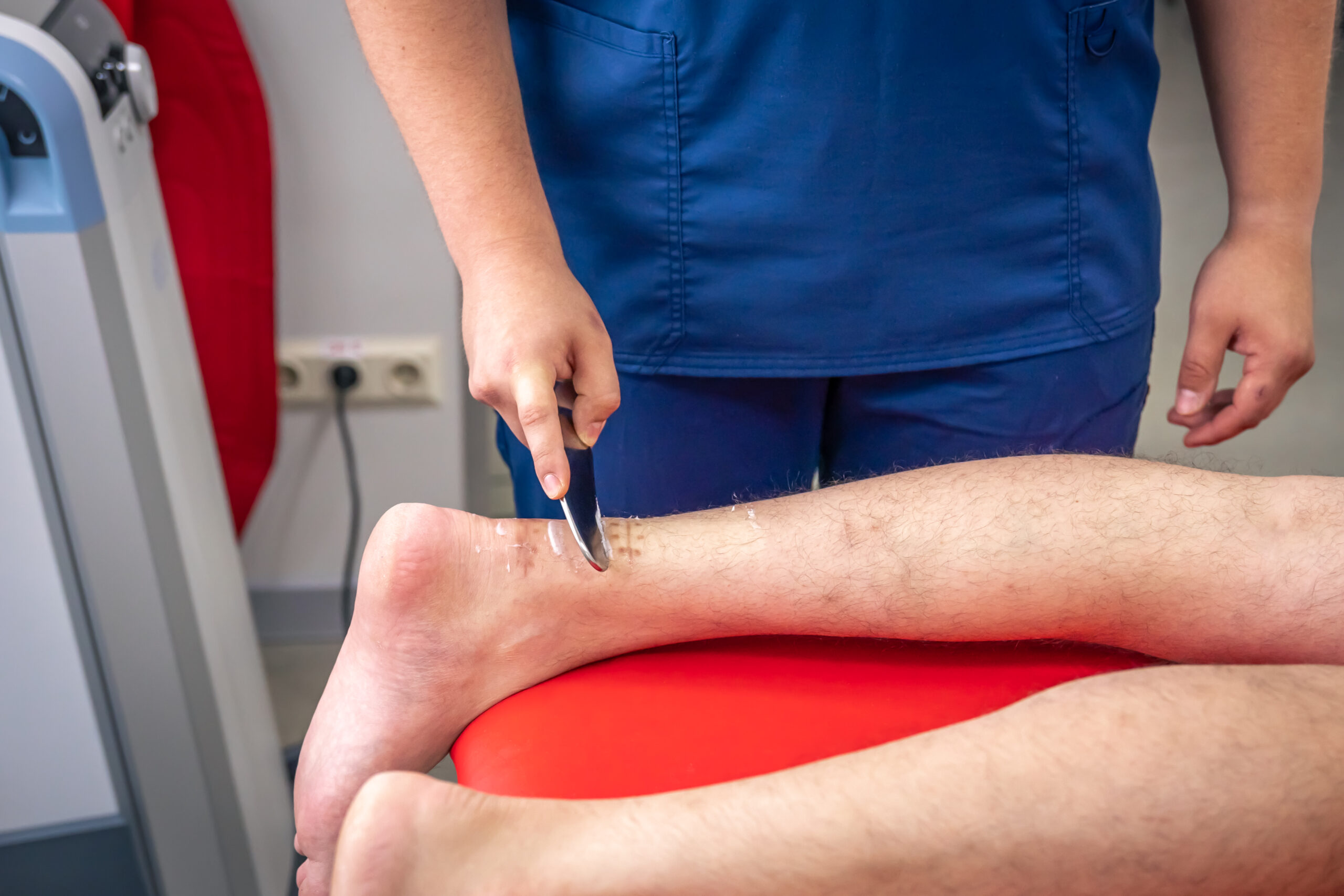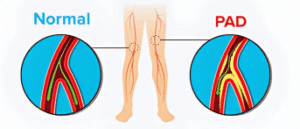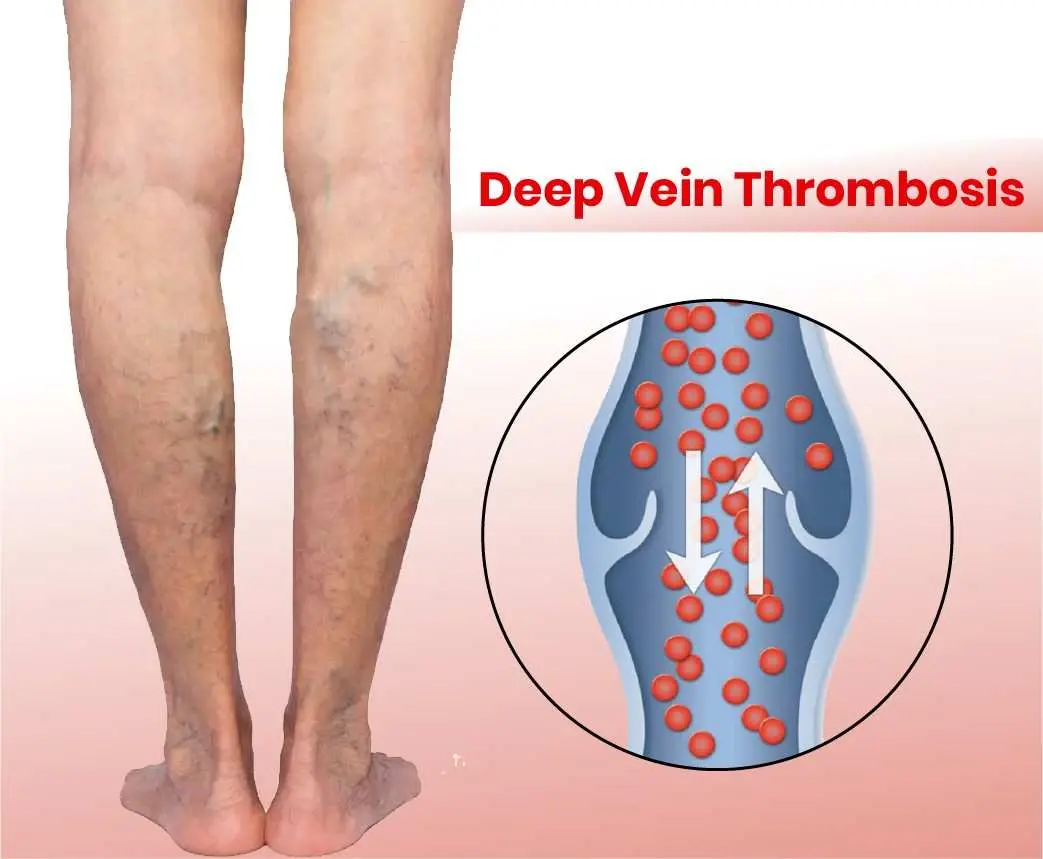Peripheral Artery Disease (PAD): Expert Guide to Symptoms, Stages, and Treatment Options

Have you experienced pain while walking on dry ground? Did you find your hands cold and numb? These could be symptoms of peripheral arterial disease, which affects more than 20 million people worldwide. What is peripheral artery disease (PAD)? Understanding in simple terms what a pad specialist is and when you might need one.
Meet Dr. Luv Luthra: Your Trusted PAD Specialist
Meet Dr Luv Luthra, a highly skilled expert in peripheral artery disease, who can address all your peripheral artery concerns. Dr. Luthra is an MBBS, MS(general Surgery), MCh (vascular and endovascular surgery) and DNB (peripheral vascular Surgery). He is a Director of Chand Vascular Centre and Diabetic Foot Clinic.
What is Peripheral Artery Disease?
Peripheral artery disease (PAD) is a condition that occurs when arteries that supply blood flow to the arms and legs become constricted or obstructed. Consider the water pipes in your house as an analogy for your blood vessels. When they become blocked with deposits, water can no longer flow freely in such pipes. Similarly, when fats line your arteries, blood cannot reach the muscles and body organs as it should.
Signs of Peripheral Artery Disease You Should Know
Early detection of peripheral artery disease can lead to more effective treatment. The most typical warning signs include the following:
- Leg discomfort, pain, or fatigue when walking
- Coldness in the legs or feet
- Slowly-healing cuts or sores on your toes, feet, or legs
- Glass skin on your legs
- Loss of hair on your feet and legs
- A weak pulse in your feet
Types of Peripheral Arterial Disease
Peripheral arterial disease can affect various parts of your body in different ways:
- Lower extremity PAD: It involves your feet, legs and is the most frequent one
- Upper extremity PAD: Your arms and hands are affected
- Renal artery disease: This is a condition of the arteries serving your kidneys
- Mesenteric artery disease: These are the arteries supplying your intestines
Dr. Luthra is a specialist in treating all forms of peripheral arterial disease and can help individuals determine which type they have.
Peripheral Artery Disease Causes and Risk Factors
Understanding the peripheral artery disease (PAD) causes risk factors can help you prevent this condition. The principal causes are:
Key risk factors
- Smoking (the most significant risk factor)
- Diabetes
- Hypertension
- High cholesterol
- Above 50 years
- Family history of heart/blood vessel disease
Additional Risk Factors
- Being overweight
- Lack of exercise
- Consuming bad foods
Dr. Luthra usually informs his patients that managing these risk factors of peripheral artery disease specialist can have a profoundly positive impact on their health outcomes.
PAD Infection: A Serious Complication
A pad infection is one of the worst occurrences. Poor blood flow means that your body will be unable to fight off germs as it should. This may cause infections where the cuts or wounds cannot heal normally. The PAD infection may be fatal and may even lead to surgery or, in severe cases, amputation.
Dr. Luthra is highly experienced in the prevention and management of podiatric infections, having worked in the Diabetic Foot Clinic to ensure the patients do not experience severe complications.
When to See a Specialist
When you have any of the symptoms mentioned above, you should see a qualified specialist. Dr. Luthra has years of training and experience in the diagnosis and treatment of PAD. He has undergone special surgical training at some of the best medical training centres. He is currently the Director of Chand Vascular Centre and Diabetic Foot Clinic..
Take Action Today
Do not overlook the warnings. Do not ignore the symptoms of peripheral artery disease, especially if you experience regular pain in the legs or some abnormal occurrences in the hands. Contact a specialist as soon as possible.




